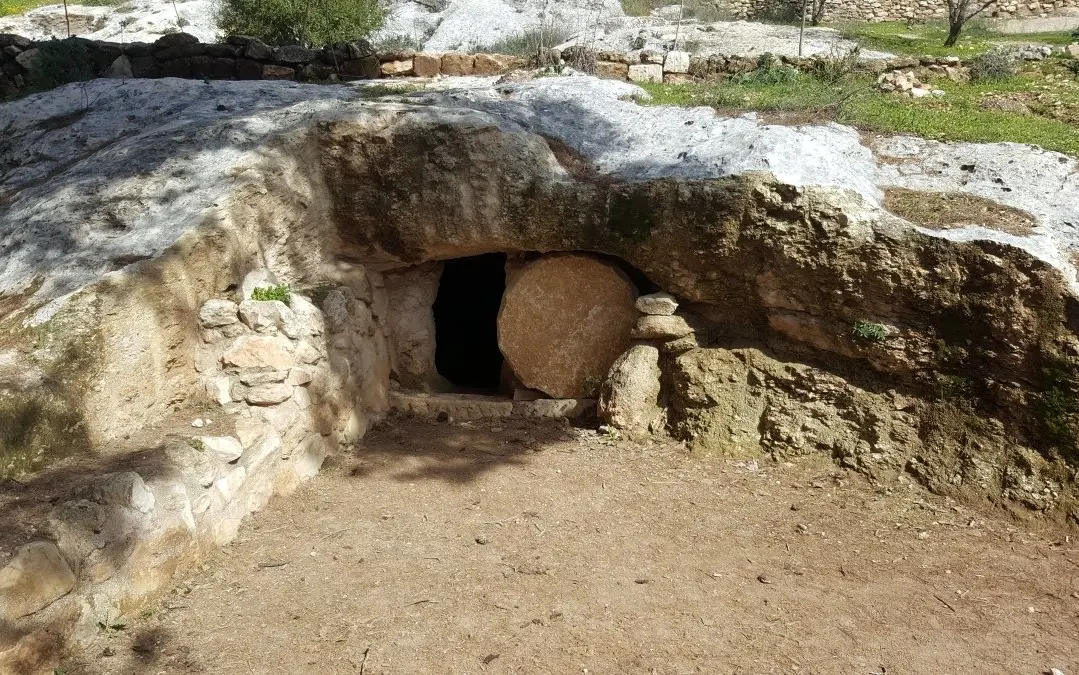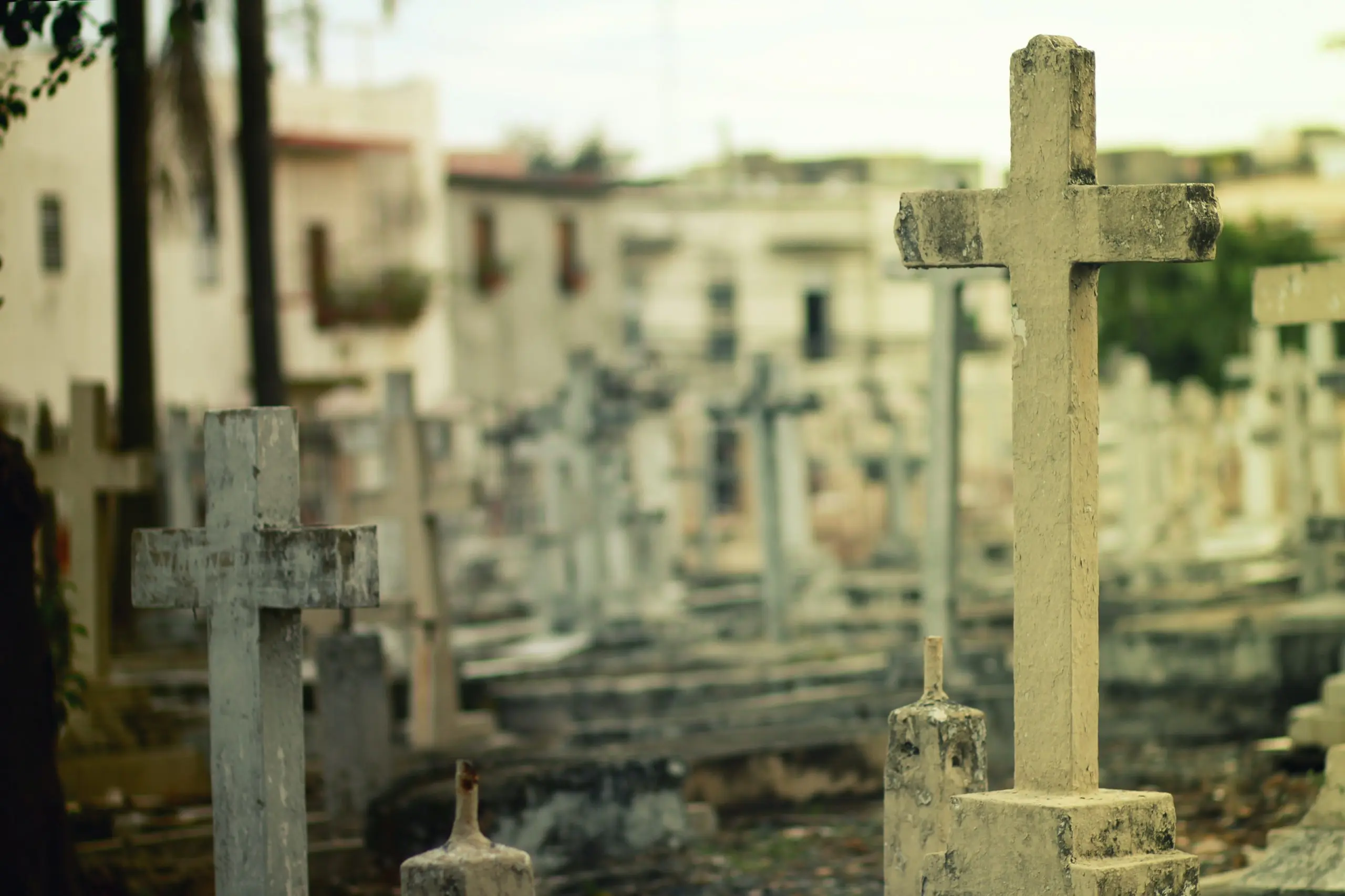We’ve looked at historical facts surrounding the Resurrection (Part 1) and at how those who deny the Resurrection have tried to explain those facts in other ways (part 2). In this third and final part, we discuss the strong circumstantial evidence for the Resurrection.
The Circumstantial Evidence
[lead]Combined with the evidence concerning the tomb and the appearances, the circumstantial evidences for the Resurrection establish beyond a reasonable doubt the bodily resurrection of Jesus Christ.[/lead]The most significant pieces of circumstantial evidence are summarized below. Keep in mind, this is only an overview; scholars besides Ken Boa and Larry Moody, such as Dr. Gary Habermas, have delved deeply into these aspects of the most critical event in human history, some even devoting their entire professional careers to it.
#1: Christ Foretold His Resurrection
And He began to teach them that the Son of Man must suffer many things and be rejected by the elders and the chief priests and the scribes, and be killed, and after three days rise again. (Mark 8:31)
Christ predicted His own resurrection on the third day and announced that this would be the most significant sign for the affirmation of His truth claims. The Lord demonstrated His foreknowledge of this crucial event several times. Besides the verse above (Mark 8:31), others include Matthew 12:38–40; Mark 9:31; 10:33–34; and John 2:18–22.
#2: Silence of the Jews
The silence of the Jewish leaders about the Resurrection eloquently testified that they knew these things were undeniable. They certainly would have offered a refutation of this Christian claim if there had been any basis for doing so.
#3: Changed Lives of the Disciples
Before the Resurrection, the disciples were fearful men whose faith was weak and all abandoned Jesus after His arrest. But by the Day of Pentecost seven weeks later, they were boldly proclaiming Christ in Jerusalem. This transformation was complete, permanent, and unanimous. All of them suffered for the sake of the message of the resurrected Lord, and almost all died as martyrs. It is clear that they were totally convinced of the truth of the Resurrection, and they were certainly in a position to know whether the Resurrection had indeed taken place.
#4: The Church
The success of the early Christian church in spite of fierce opposition is another evidence for the Resurrection.
#5: Sunday Worship
The shift from Saturday to Sunday as the day of worship for the early Jewish Christians (cf. Acts 20:7; 1 Corinthians 16:1–2) was a radical act that would never have taken place if Christ had not been raised on the first day of the week.
#6: The Sacraments
The sacraments of baptism and communion are both related to the Resurrection, and would have been senseless in the early church apart from the historical reality of the Resurrection.
#7: Disregard for the Tomb
The complete disregard for the tomb of Jesus by the first-century church also illustrates that these Christians knew they were serving the resurrected Lord.
#8: Conversions of James and Paul
The conversions of James and Paul offer significant circumstantial evidence for the Resurrection. James was opposed to the claims of his half-brother Jesus (John 7:5), but a transformation took place after the risen Jesus appeared to him (1 Corinthians 15:7). He became the leader of the Jerusalem church and called himself a “bond-servant of God and of the Lord Jesus Christ” (James 1:1). The incredible change in the zealous young Pharisee, Saul (see Acts 9), is also inexplicable apart from the Resurrection.
[vector_icon icon=”fas fa-headphones-alt” color=”#913c1d”] Listen to more evidence for the Christian faith in the 20 Compelling Evidences That God Exists audiobook (available in print format too).
[vector_icon icon=”fas fa-video” color=”#913c1d”] Also, WATCH A FREE SLIDESHOW summarizing the book.
The Verdict
I was dead, and behold, I am alive forevermore … (Revelation 1:18)
All attempts to find naturalistic explanations for the historical facts related to the Resurrection have failed. Add this together with the eight circumstantial details enumerated in part 1, and the evidence overwhelming concludes that Jesus conquered the grave, and He offers resurrection life to those who place their trust in Him.
The direct evidence concerning the tomb and the appearances combined with the circumstantial evidences establishes beyond a reasonable doubt the bodily resurrection of Jesus Christ.
—Ken Boa & Larry Moody
Watch Ken teach this material in a sermon from Easter Sunday 2018:
Button Text


